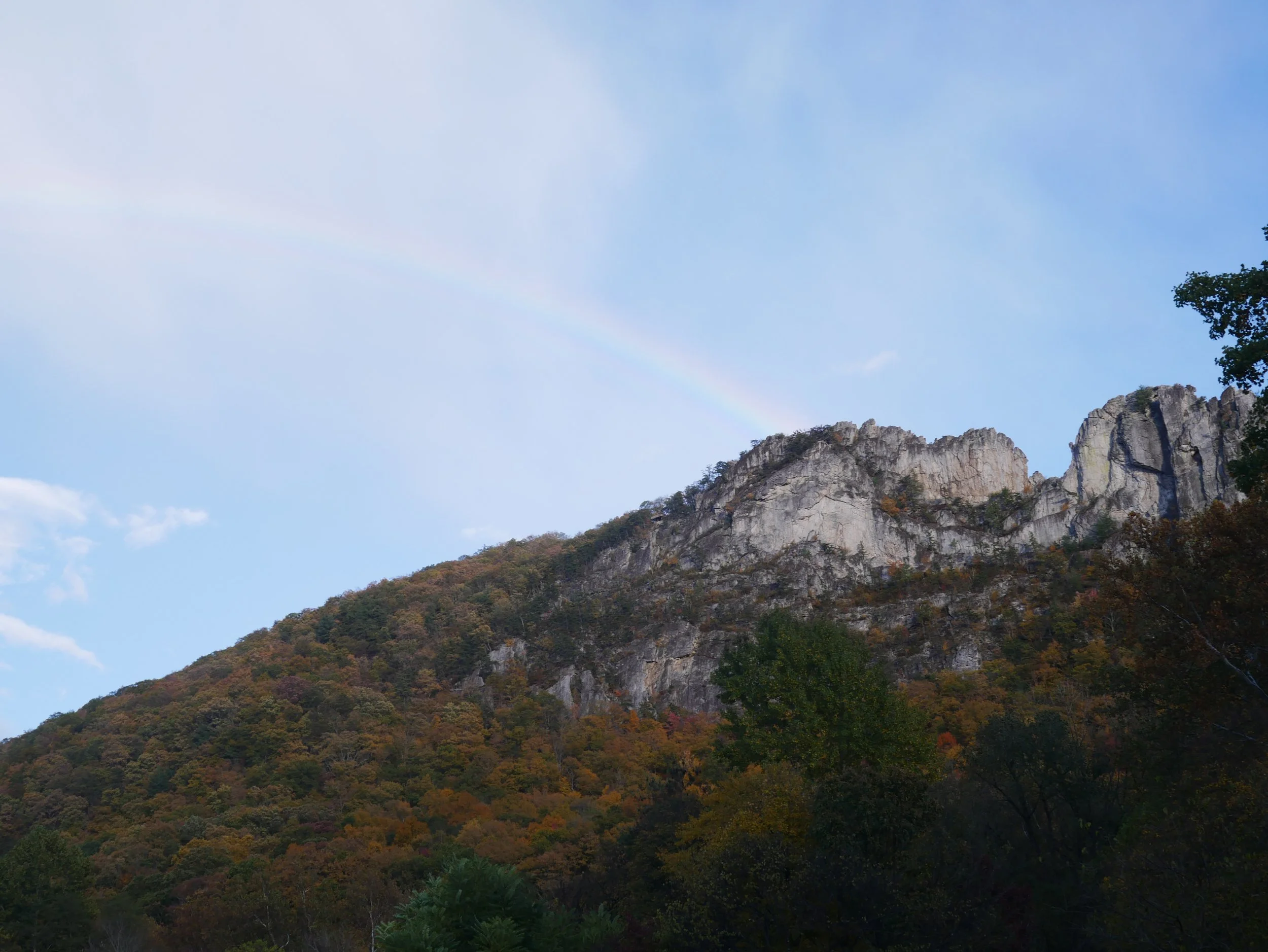By Dr. Joe Stahlman
Nya:wëh sgë:nö' (pronounced nyah-weh-sgeh-noh)! This translates to "I am thankful you are well" and is a common greeting in Seneca. My name is Dr. Joe Stahlman. Currently, I serve as Director of Tribal Historic Preservation for Seneca Nation. I am of Tuscarora descent. My father is Tuscarora and my mother is not. My use of descendent means I do not claim citizenship, because the Tuscarora are matrilineal. I hold a PhD in Sociocultural Anthropology; however, doing this type of work for nearly 30 years, I feel that I have moved beyond the realms where sociocultural anthropology claims proficiency.
West Virginia is a little-known region with a long history and connection with Indigenous Peoples, even though Americans claim that they do not know much about the Indigenous past. In my explorations of West Virginia, I find Indigenous cultures setting the foundation for the great story of West Virginia. A battleground for American ideals and Indigenous sovereignty, which lasted for several hundred years. This area is integral in early American ideals of freedom from the British Crown. The State is rich in place names and full of stories. All people can easily research and locate the abundance of Indigenous continuance throughout the state; from Grave Mounds to Seneca Rocks to Route 219 to the mounds of Boone County to the capitol, all remind us of the great Indigenous past that continues to reside on the landscape.
Many contemporary people believe West Virginia was nothing more than a hunting ground for the migratory Native Peoples. People without names, without connection. Yet, in my own survey, I am continuously reminded that West Virginia was home to many Indigenous communities, and these connections were held tight by long-term settlements. We see this by the traces they left behind, such as pottery, copper, shell, luxury items, burial sites, and old-growth trees. Many of the sites that archaeologists research are my direct ancestors, and the ancestors of existing descendant communities throughout the Eastern United States.
One of the more interesting geological monuments, Seneca Rocks, WV, attracts approximately 100,000 visitors locally and from Washington, D.C., Pittsburgh, and other surrounding urban areas within a half day’s drive. These visitors camp, hike, mountain-bike, climb, fish, and do all the activities “wild and wonderful” West Virginia has to offer. In the Seneca language, The Rocks are known as Tsukæ·unǫˀ, alternatively, Jögä:ö' / Dzögä:ö', meaning “Little people live there”. Finally, Jögä:ö:nö' might be a word as well by adding the ( nö' ) as in "they are of the little people". You might be asking yourself, who are the Little People? In the Cherokee and Haudenosaunee worldviews, there are stories, songs, and dances for the Little People. Little People are a species of tiny beings about two feet tall and are invisible to most humans. Typically, they live in the rock cliffs, or live in the rhododendron thickets, another lives in the "broom sage." You never know what you will learn about West Virginia until you stop and take a look!
Indigenous peoples have been living in the region since the glaciers receded north. In more contemporary times, we can easily identify historic ethnicities, such as the Shawnee, Lenni Lenape, Cherokee, Allewegi, Seneca, Tuscarora, Susquehannock, and Mingo. Modern-day people often look upon these communities as the last to leave the region. For me, they are evidence of the long-continued connection to the landscape before their eventual removal from their ancient homelands. The famous U.S. Highway 219 (Seneca Trail) is evidence of a crucial north-south corridor that maintained linkages between the communities in northeastern and southeastern North America. Although we do not reside in modern towns like Logan, Elkins, or Seneca Rocks, we continue to call this place our home - West Virginia.
Vowels and Consonants of the Seneca language




